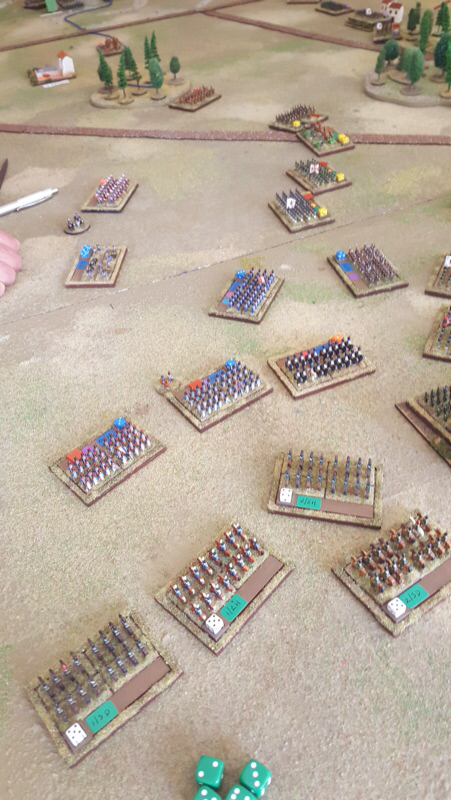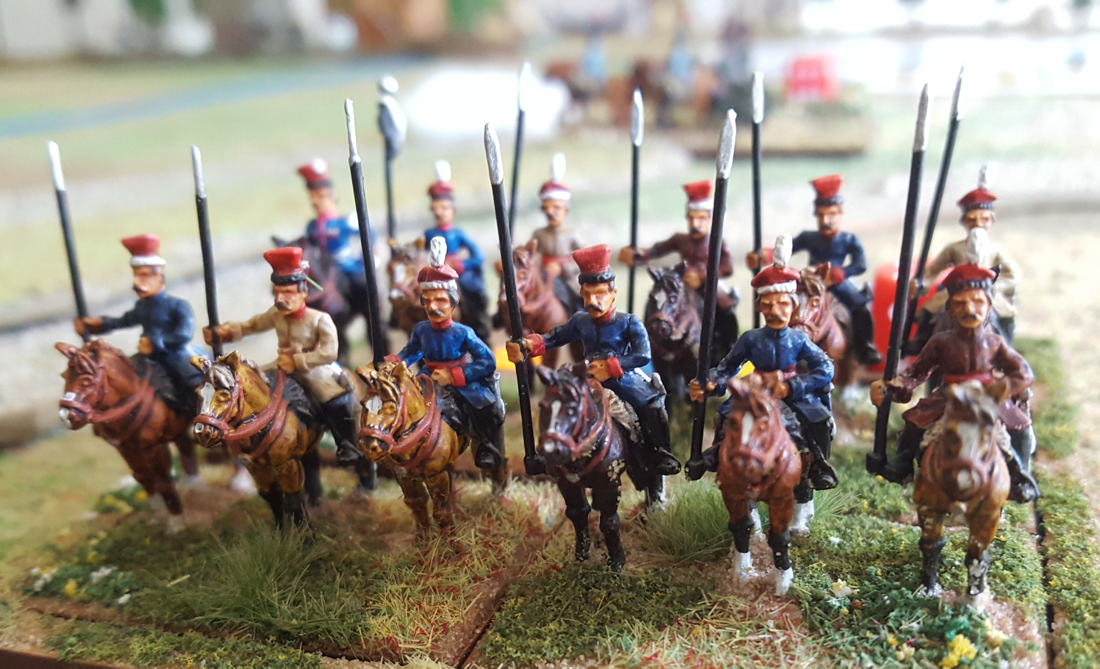|
Back to the 17th Century As soon as you scratch one itch, another one starts to bother you. As I was putting away my 1815 Napoleonics the other day my eyes fell on a box of 15mm winged Hussars. It must be 18 months since these lads had an outing. That is far too long a break. The last eastern renaissance game we played was the 1651 battle of Loyev during the Cossack rebellion. My plan at the time was to move on to Berestechko, the largest set piece battle of that year (in fact one of the largest in the 17th Century). So it’s time to pick up where I left off. The Battle of Berestechko 30 June 1651 I picked up two recently published histories of the 1651 campaign when we were in Kraków in 2016. There is also quite a good English account on Wikipedia and a longer Wikipedia piece in Polish. I won’t rehash the whole story but the main elements I found interesting were
Which rules to use?
We have used two rule sets so far for this period, Pike and Shotte by Warlord and Tercios by el Kraken. Both have given good games, especially Tercios, but the mechanics are a bit cumbersome for a bigger battle. As Berestechko was such a large engagement I would like to use rules with more of a big battle feel. Enter ‘For King and Parliament’. These rules, by Simon Miller and Andrew Brentnall, are an adaptation of Simon’s Ancient rules, To the Strongest, which I like a lot. They are unusual in their use of a map grid and playing cards. I picked up a copy of FKaP at Salute in April and have yet to play them. They will need a few additions to cover Eastern Europe but fewer than you might expect. I will detail these in my next post.
2 Comments
Andrew Brentnall
8/9/2018 09:24:05 pm
Hi Tim, This sounds really interesting. I look forward to seeing how you modify FK&P, and tomhearing how the rules play in this new context. Good luck!
Reply
Tim
8/9/2018 10:02:08 pm
Thanks Andrew. First try next Friday. You and Simon did a great job on the rules. The less I meddle with them, the better!
Reply
Leave a Reply. |
Archives
November 2023
Categories
All
|


 RSS Feed
RSS Feed